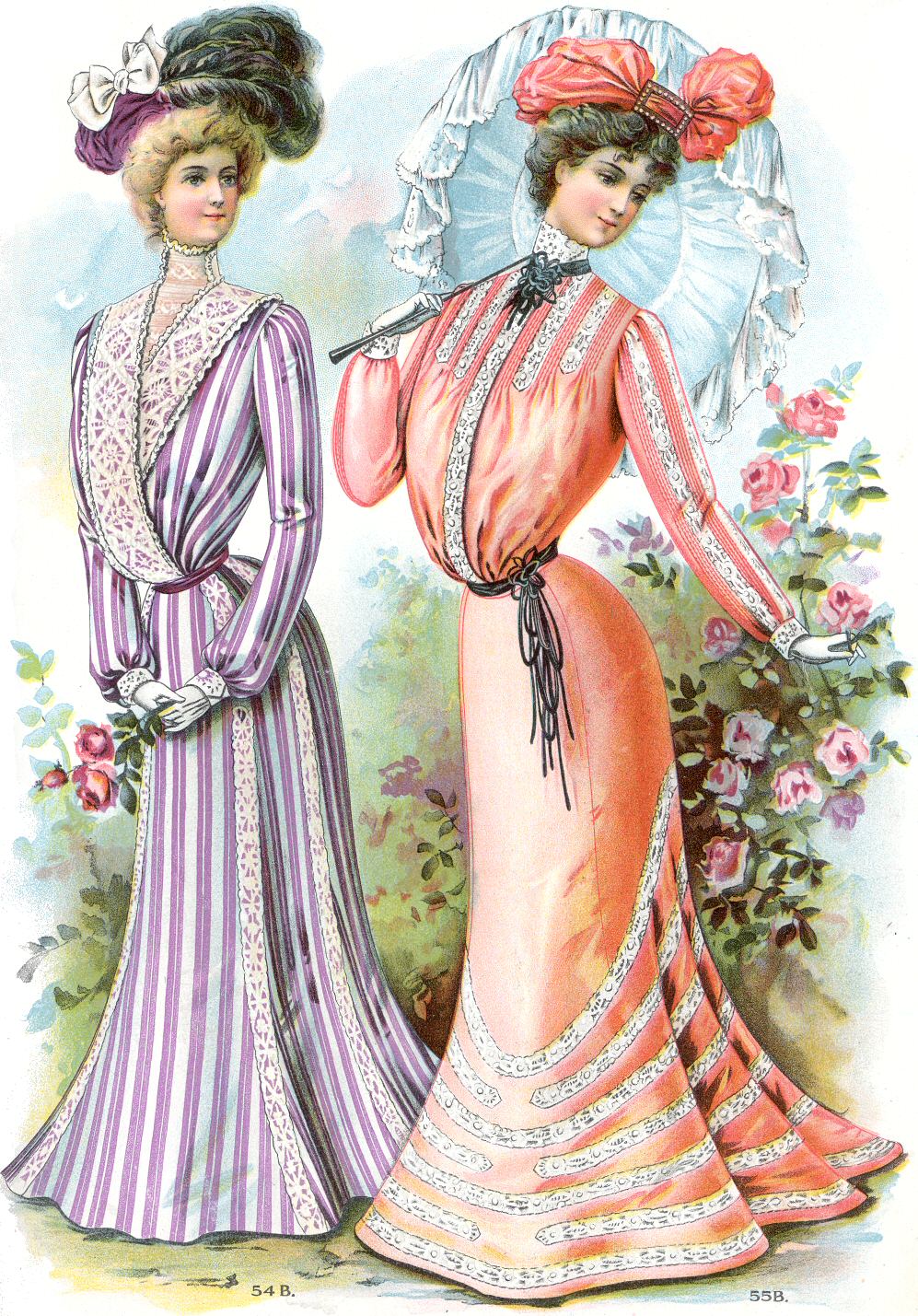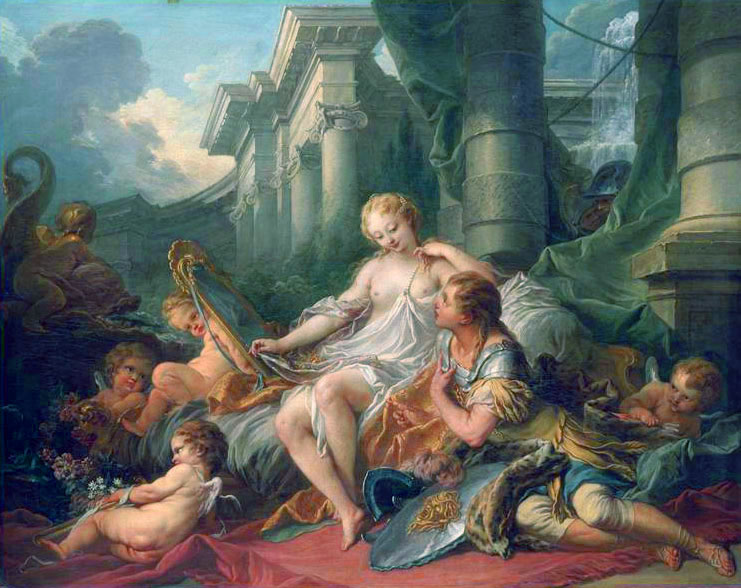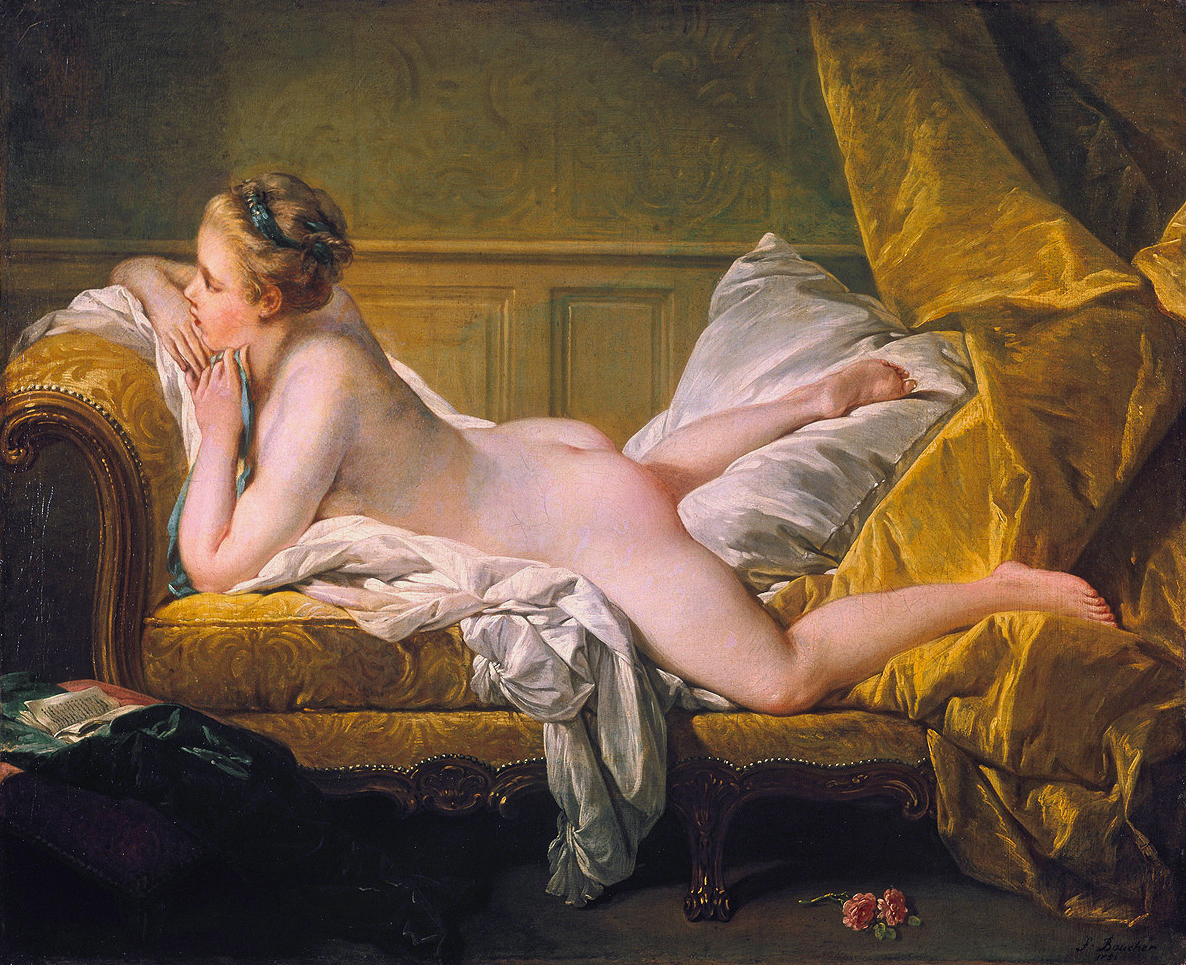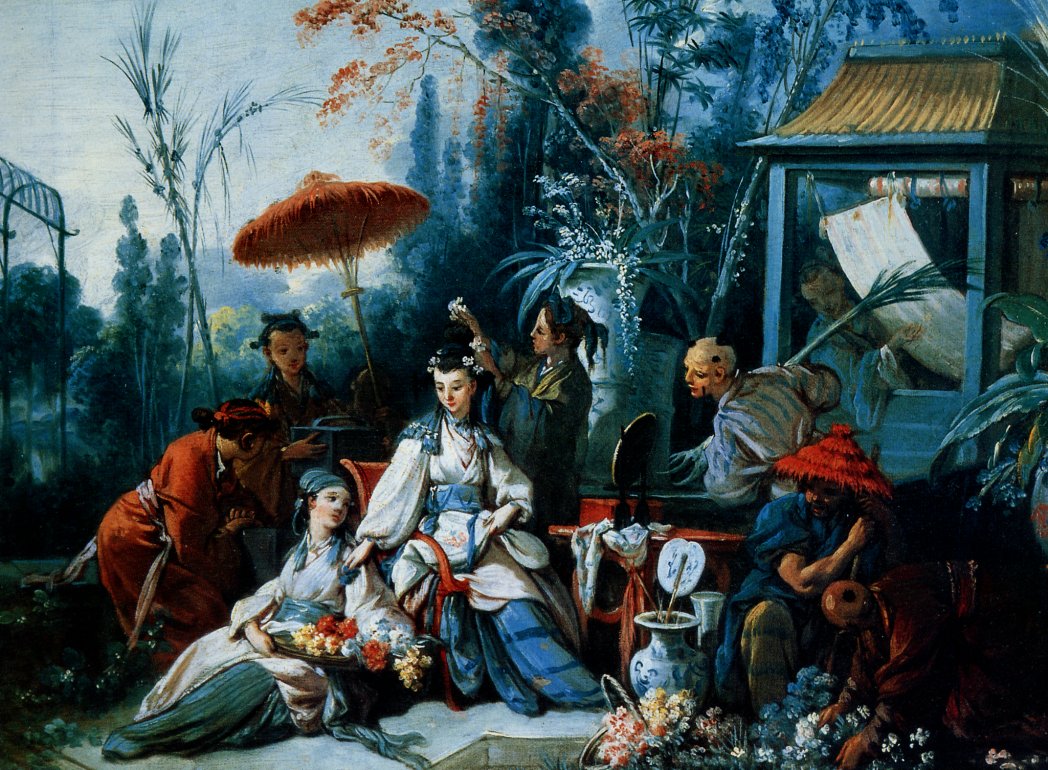Month: November 2019
Survey 6 Confident Female Fashion

the Transformation of Corset
During the Victorian era, the corset was closely connected with female fashion and social aesthetic. Society morbidly required women to have an extremely thin waist, so a tight corset was necessary for all females. Women’s bodies were facing serious health problems because their bodies were totally distorted by those corsets.

However, because of the rise of women’s social status and the voice against the sacrifice of health, the corset was constantly transformed into easier types. Especially, under the spread of the New Woman ideal, the painful traditional aesthetics towards women had gone together with the end of the Victorian Period. Female clothes went to a more rational style. For heath, the pressure on the waist was much reduced. Corset began to hide more on the hip and legs, and its function even began to show as a bra in later types. Until the modern bra appeared, the corset finally disappeared in female daily clothes.

Dress & Tailored suits

In earlier, due to the left influence of the Victorian Period, the dress was the absolutely custom for women. It was always designed so long that the back was always dragged to the ground. Nevertheless, the shorter dress was always one of the most main pursuits of rational costumes and an active lifestyle. The dress’s length was initially reduced to the level around the ankle. Until the First World War, the dress’s overall silhouette was constantly narrowed and straightened.

Since the more women’s participating in sport and other outdoor movements, more convenient costumes were required. Therefore, the tailored suits became an important cloth in women’s closets. Those suits were much less decorated than the dress, thus women were more masculine and blend into the male-dominated environment. Together with the streamlined dress, those types of cloth had become a new fashion in society at that time. Those all are also accompanied by the fighting of Women’s Suffrage.
References
https://medium.com/@aakankshaagnihotri/fashion-history-scanning-through-1900s-to1919-s-52130c693de3 https://en.wikipedia.org/wiki/1900s_in_Western_fashion https://en.wikipedia.org/wiki/Women%27s_Suffrage_and_Western_Women%27s_Fashion_through_the_early_1900s https://en.wikipedia.org/wiki/Victorian_dress_reform https://www.thefashionfolks.com/blog/20th-century-fashion-history-1900-1910/
Francois Boucher
Francois Boucher (Sept. 29, 1703, Paris, France – May 30, 1770, Paris) was a French painter, draughtsman and etcher. One of the famous Rococo style masters.
Life
- Boucher’s father, Nicolas Boucher, was also a painter, that he gave Bocher his first artistic training when Bocher was young.
- When Boucher was 17, one of his works were admired by Francois Lemoyne, and then Boucher worked as his apprentice for three months until he went to the engraver Jean-François Cars.
- In 1720, Boucher won the elite Grand Prix de Rome for painting, but due to the financial problems at the Académie royale de peinture et de sculpture, it has been 5 years later when he first came to study in Italy.
- After Boucher got back from Italy, he was admitted to the refounded Académie de peinture et de sculpture on 24 November 1731.
- In 1734, Boucher became a faculty member by submitting his Rinaldo and Armida as a reception piece. Then, he was promoted as the Rector of the Academy,

- Until 1765 Boucher had been the First Painter of the King.
- In 1770, Boucher suddenly died in his studio at the Palais du Louvre.
Art Style
Boucher is a very prolific painter, by exaggerated estimating, who has created over 10,000 drawings and 1,000 paintings in his lifetime. Most of his works closely connected with passionate and intimately amorous scenes, including the characterized various females. This made Boucher be attacked on his moral character. Especially in his later works, for example, the Blonde Odalisque was accused of a portrait that illustrated the extramarital relationships of the King.

Furthermore, Boucher’s works also reflect the large influence of Chinoiserie on him. He created some Chinese topic paintings full of Chinese elements both based on his imagination and the information from the French East India Company.

Although Boucher’s art achievement was concealed by the era transformation after his death, he is still a notable Rococo master. His colours and forms had been the symbols of Rococo style, his existence had represented Rococo the word itself.
Personal Opinions
Francois Boucher’s colours make me feel relax and his figure paintings are really vivid. The soft transformation between background and main objects further increased the harmony of his images. I really like that he always set the characters naturally in the environment, that their poses all make me feel comfortable to set in that ways,
References
https://www.theartstory.org/artist/boucher-francois/life-and-legacy/ https://zh.wikipedia.org/zh-cn/%E5%BC%97%E6%9C%97%E7%B4%A2%E7%93%A6%C2%B7%E5%B8%83%E6%AD%87 https://en.wikipedia.org/wiki/Fran%C3%A7ois_Boucher https://www.wikiart.org/en/francois-boucher/all-works#!#filterName:all-paintings-chronologically,resultType:masonry https://baike.baidu.com/item/%E5%BC%97%E6%9C%97%E7%B4%A2%E7%93%A6%C2%B7%E5%B8%83%E6%AD%87/7639319?fr=aladdin https://en.wikipedia.org/wiki/Chinoiserie https://en.wikipedia.org/wiki/French_East_India_Company